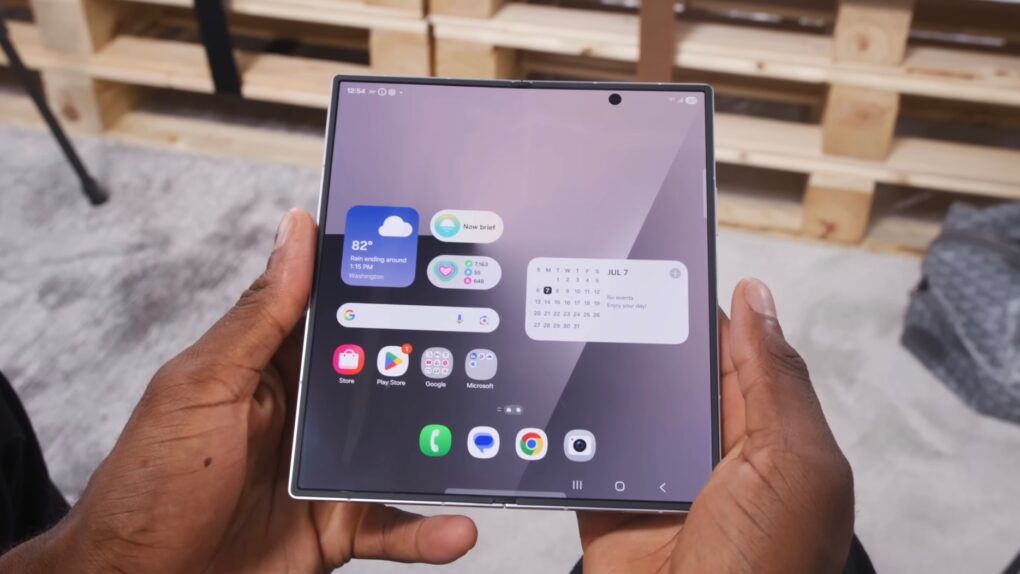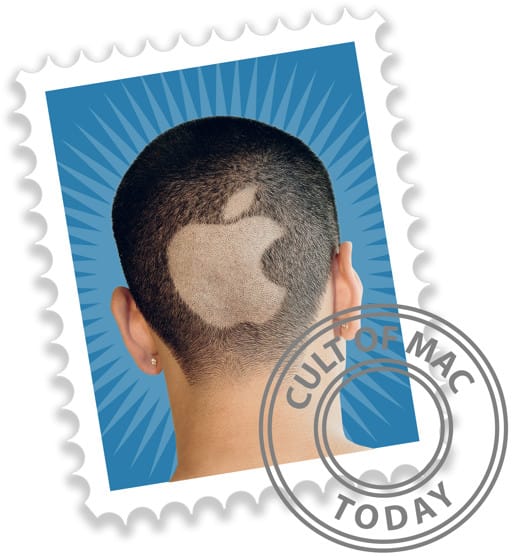Those eager for a folding iPhone should glance at the beautiful, bendable screen in the Samsung Z Fold 7, which launched Tuesday. If rumors are correct, this display will also be part of Apple’s foldable. Or something very close to it.
There are no in-depth reviews of the new screen yet, but early indications are that Samsung finally virtually eliminated the crease that’s been the fatal flaw of all previous flexible displays… which is very good news for the folding iPhone.
Why a folding iPhone is finally coming
Samsung released the original Galaxy Fold way back in 2019, and followed it with successive updates each since. And other Android device makers also got into the game.
But Apple’s been the biggest holdout, and the reason isn’t hard to guess. Every Android foldable has the same flaw: an unsightly crease running across the screen where it bends. Apple simply wasn’t going to release a product so obviously defective.
But new tech changes everything. Multiple reports point to Apple launching the folding iPhone in 2026 — the device could already be in early production. Apple didn’t suddenly realize that foldable handsets are a thing — it held off getting into the product category until flexible screens weren’t terrible. And that day finally arrived, as demonstrated by the Samsung Z Fold 7.
Apple ❤️ Samsung Display
Although Apple and Samsung compete furiously for handset customers, the two are closely tied together in many ways. Most notably, the Korean conglomerate supplies multiple iPhone components.
Samsung Display will reportedly be the only source for the folding screen going into the upcoming iPhone. That’s because it’s made a breakthrough in technology resulting in a bendable display that’s virtually crease-free.
And according to a report coming out of Korea on Thursday, Samsung Display is manufacturing the screen now.
An early look at the folding iPhone screen?
The world got its first look at Samsung’s latest screen in the Z Fold 7. With the announcement so recent, there are no in-depth reviews of the display, and first-impression articles are curiously quiet about the crease or lack thereof. But hands-on video made by YouTubers including Marques Brownlee (perhaps better known as MKBHD) show that the screen doesn’t have the ugly crease that’s so visible on previous foldables.
This doesn’t come as a surprise. Early leaks about the panel already said that Samsung Display had beaten the problem. It supposedly developed Ultra Flexible Glass (UFG), which reduces the thickness of the glass in the area where it needs to bend, reducing the tendency to crease. Which is why Apple is finally interested.
The screen used in the Z Fold 7 measures 8 inches across and has a resolution of 2184 by 1968 pixels. Its max refresh rate is 120 Hz.
More folding iPhone rumors
A crease-free screen bodes well for the folding iPhone likely coming in 2026. But it’s only one aspect of the product.
Previous reports indicate Apple picked a book-style design, not a flip-phone design. And it’ll supposedly also have a large external display, so it’ll be possible to read incoming texts or check the calendar without opening the clamshell.
But don’t expect the folding iPhone to be overly thick. True, early foldables were chunky when compared to traditional slate handsets, but the Z Fold 7 measures a mere 0.35 inches thick. For comparison, the iPhone 16 Pro Max is 0.32 inches, and if Samsung can do it, Apple can do it.
Start saving your pennies, though. Published reports indicate the price for the folding iPhone could be around $2,000. No one should be shocked by that though — the Samsung Z Fold 7 also costs $2,000.


